First Aid on the Front Lines of Venezuela's Civil War
Meet the volunteer medical brigade caring for those wounded in increasingly violent anti-government protests.

A demonstrator suffering the effects of tear gas is carried by medical volunteers in Caracas on April 24.
Violent clashes between Venezuelan protesters and government forces wielding tear gas, rubber bullets, water cannons and tanks have killed at least 29 people since April 1 and left many more injured – including members of the security forces. As marches continue this week, this grim tally is expected to climb.
Hoping to mitigate risk and save lives, a group of volunteer doctors and medical students in white helmets are following the marches and offering emergency first aid. They are the Primeros Auxilios UCV, or first responders from the Central University of Venezuela, a group founded in 2014 during student protests that demanded President Nicolas Maduro to step down.
These volunteers work under pressure, in danger themselves, and sometimes without basic equipment like gloves or bandages. They operate in small teams that are color-coded depending on where in the protests they're working. The red team focuses on the front lines and treats trauma and asphyxiation from tear gas. The orange group works in the middle of the march, and the green teams circulate in the outskirts of the crowd.

UCV first aid teams clasp on to each other's backpacks or hold hands in order to navigate the crowds. Here, a group of red team members make their way to the front line of the protests, where demonstrators and security forces are most likely to clash.

A team of volunteers move past an iconic marker of the Chacao district of eastern Caracas. There are more than 60 volunteers in the UCV first aid groups. The teams wear white helmets with crosses – some drawn on with markers – to identify themselves.

President Nicolás Maduro says that the opposition is working to conduct a violent coup similar to the short-lived 2012 attempt against former president Hugo Chavez. In this picture from April 26, a medical team takes cover as demonstrators confront national guard units that had advanced on the crowd with tanks.

Two members of a red team carry a student who had trouble breathing due to the tear gas used by riot control police. The volunteers are moving him away from the front lines and into the crowds in search of fresh air.

Medical volunteers from the green team treat a protester whose leg was likely fractured by the impact of a tear gas canister in eastern Caracas.

Orange team members run away from tear gas as security forces push into the crowds gathered on a Caracas highway on April 26.

The April protests began after the Supreme Court attempted to strip the National assembly of its powers. According to the attorney general Luisa Ortega Diaz, as of April 24 police had made 1,289 arrests and 437 people had been injured in the protests. The nonprofit organization Penal Forum puts the number of arrests at 1,500, and said that 800 people among those arrested had yet to be released as of April 27.

Medical volunteers direct demonstrators away from the protest’s front lines. The group includes volunteers of all ages, from 18-year-old medical students to a 62-year-old doctor.

Near the end of the April 24 sit-in, volunteers held hands in the middle of the Altamira Plaza in the east of Caracas to pray and bless a good day of work. Opposition leaders, including national assembly president Julio Borges, have continued to call for street protests to accomplish four goals: hold presidential elections, liberate imprisoned political leaders, return authority to the national assembly, and welcome humanitarian aid. More protests are expected today.
---
Original article here.
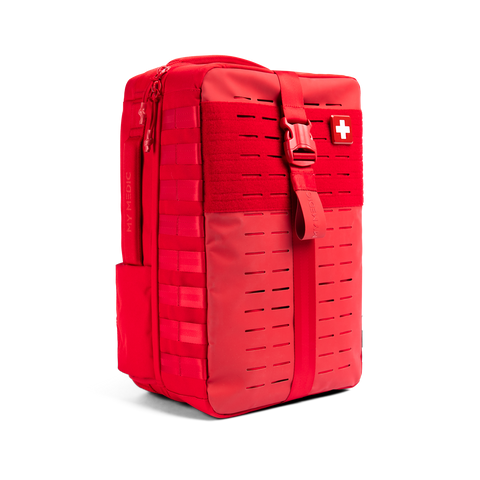 NEW ARRIVALS
NEW ARRIVALS
 BEST SELLERS
BEST SELLERS
 SUPERSKIN™
SUPERSKIN™
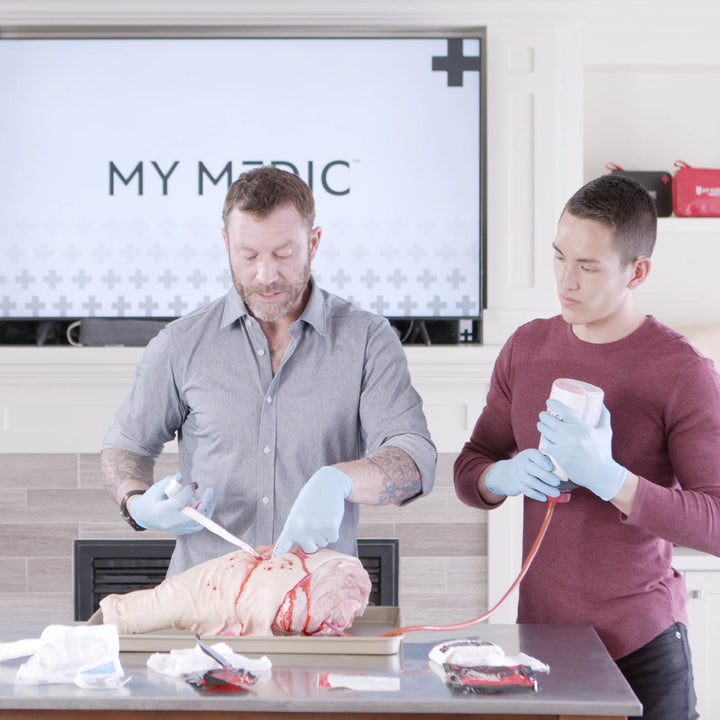 COURSES
COURSES
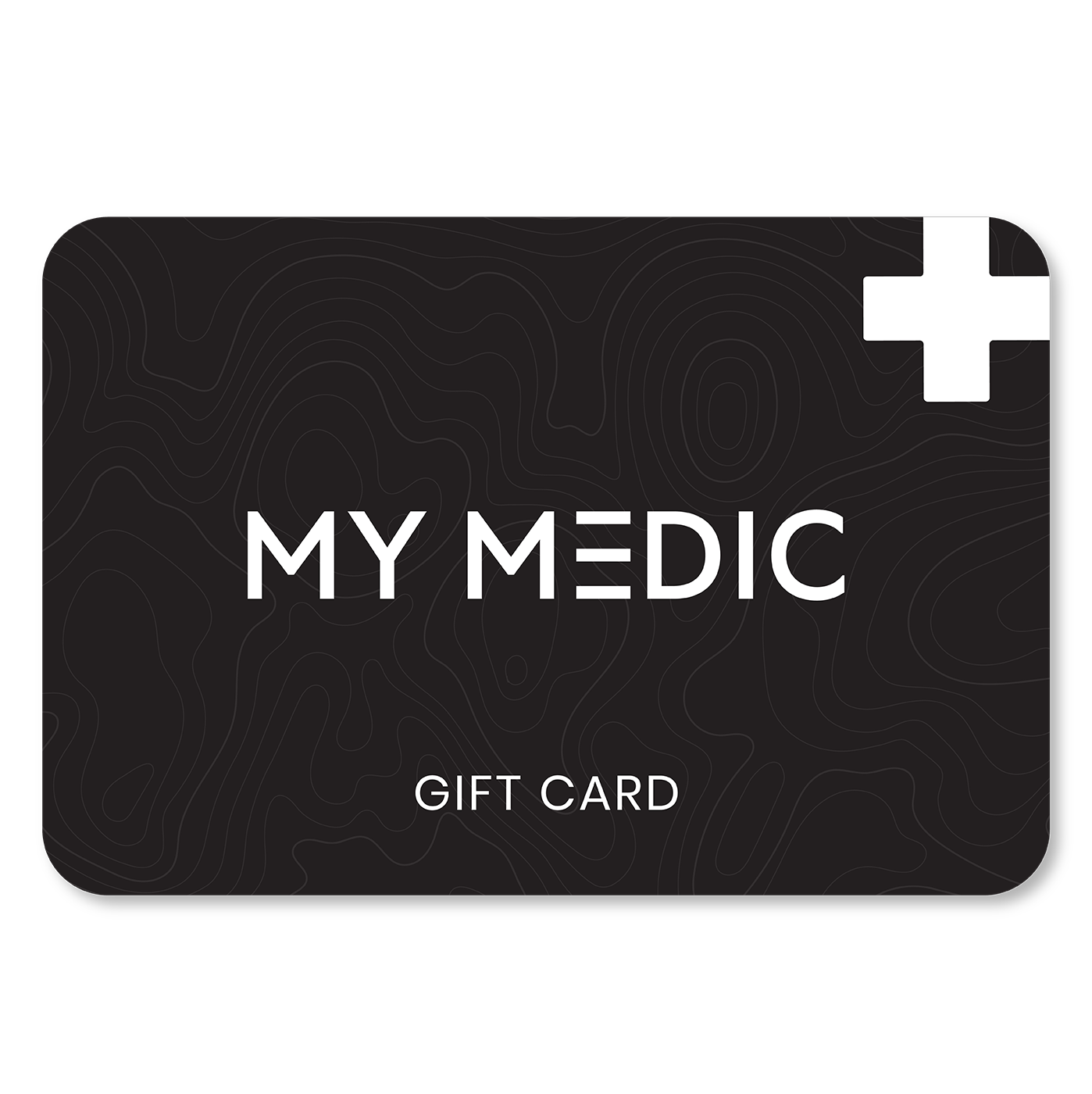 GIFT CARDS
GIFT CARDS
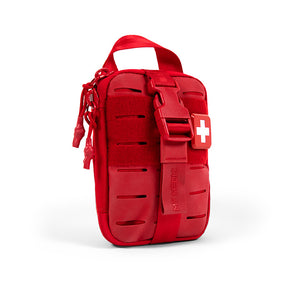 The MyFAK Collection
The MyFAK Collection
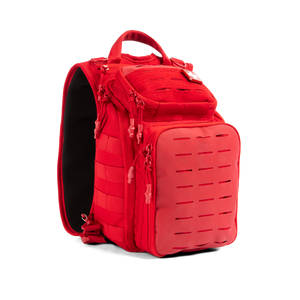 Specialty
Specialty
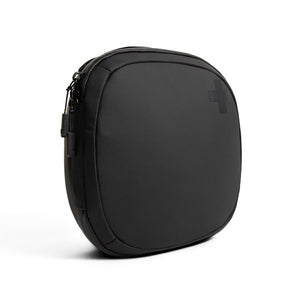 The Ready Collection
The Ready Collection
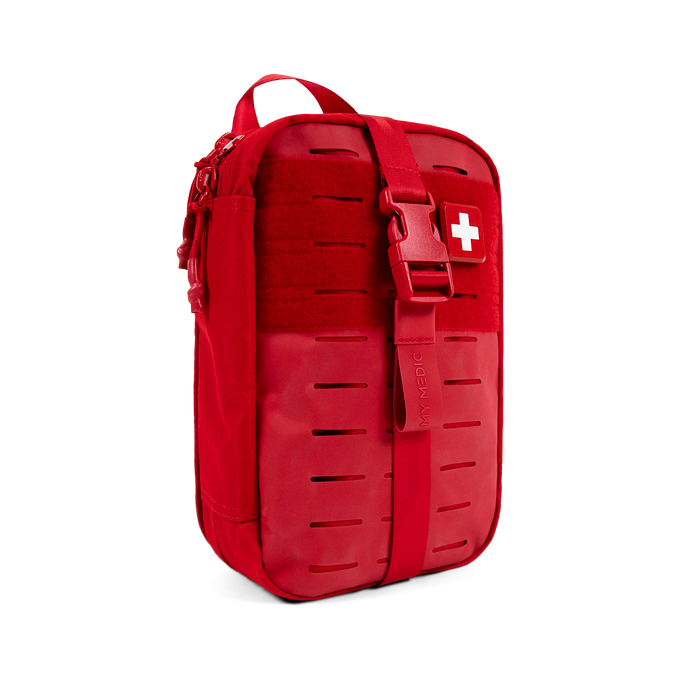
 BLEED
BLEED
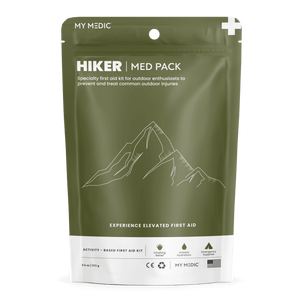 OUTDOOR
OUTDOOR
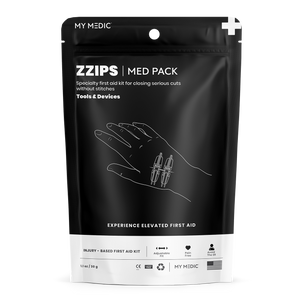 TOOLS & DEVICES
TOOLS & DEVICES
 AIRWAY
AIRWAY
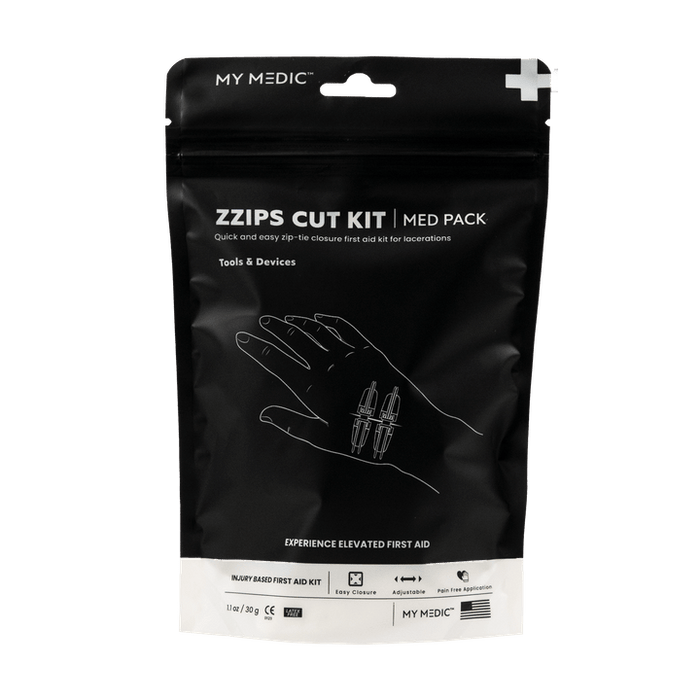
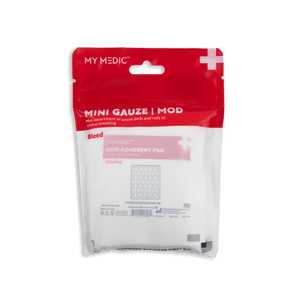 BLEED
BLEED
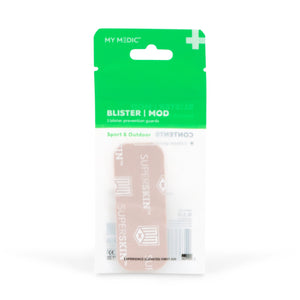 OUTDOOR
OUTDOOR
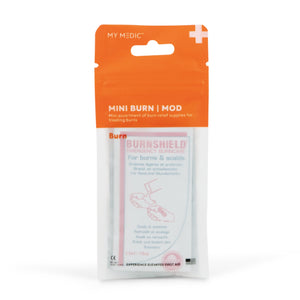 BURN
BURN
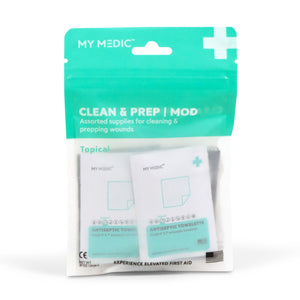 TOPICAL
TOPICAL
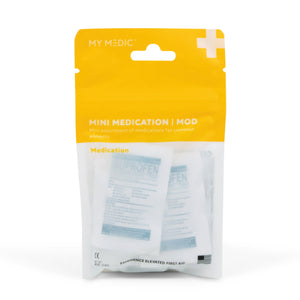 MEDICATION
MEDICATION
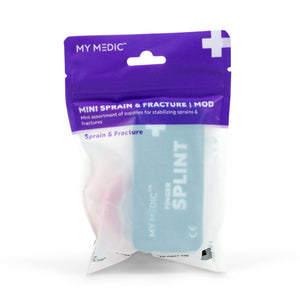 SPRAIN & FRACTURE
SPRAIN & FRACTURE
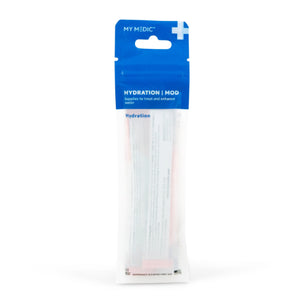 HYDRATION
HYDRATION
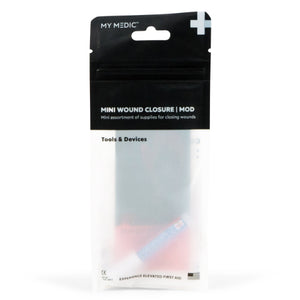 TOOLS & DEVICES
TOOLS & DEVICES
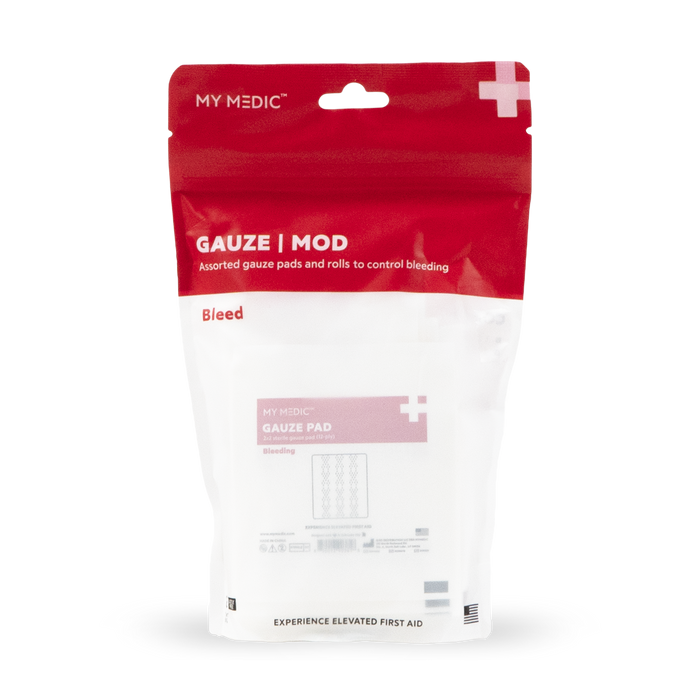
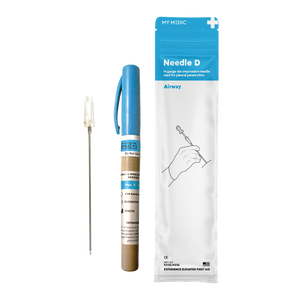 Supply Categories
Supply Categories
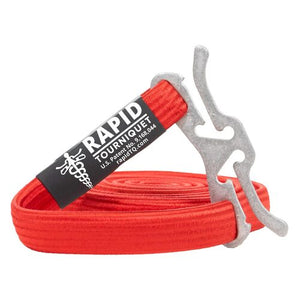 Top Sellers
Top Sellers
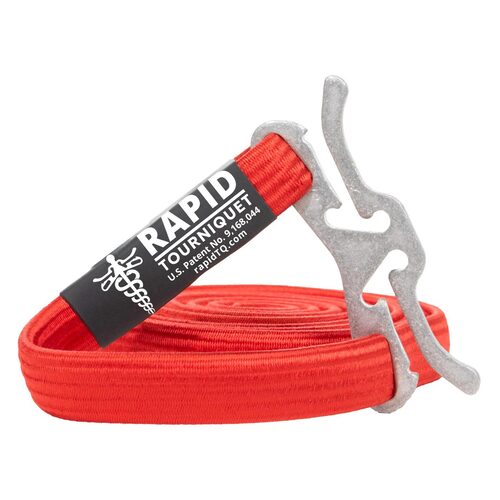





Leave a comment